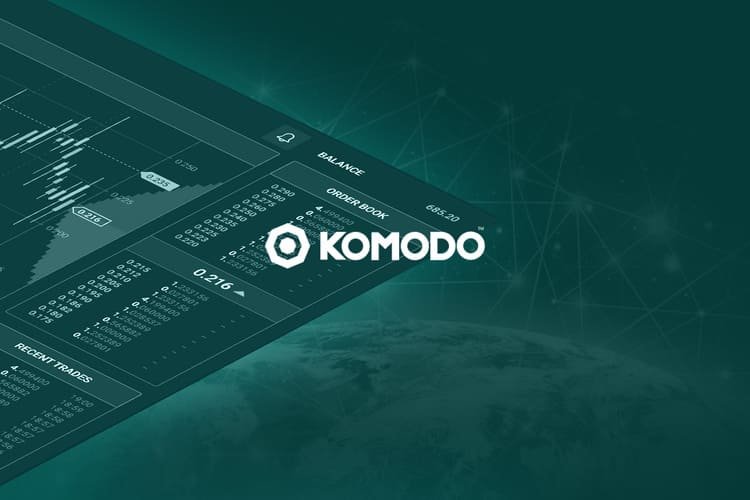Komodo: Reasons for Recent Growth and Its Prospects

Komodo (KMD) summary
The platform provides the opportunity for interaction between third-party developers, partners, enthusiasts and interested companies. All this helps the whole community move forward.
Brief:
- Website: https://komodoplatform.com
- Place in the ranking: 72;
- Listing Date: February 6, 2017;
- ROI since listing: 200%;
- Maximum offer: 200 million tokens;
- Current offer: 119.5 million tokens;
- Consensus Mechanism: Delayed PoW;
- Algorithm: Equihash;
- Block time: 60 seconds;
Project history
Komodo is the successor to another cryptocurrency — Bitcoin Dark, which in turn is a fork of Zcash. Bitcoin Dark ceased to exist in 2018, token holders could exchange them for Komodo tokens.
An ICO took place in 2016, where the project raised a little less than $2 million. The peculiarity of the ICO was that it took bitcoins, not ethers. The amount is quite small by the standards of later crowdsales, but at that time it was a good result.
The main advantages of the project
In March-April 2020, the project showed a twofold increase in the price of the KMD coin. The local short-term hype was mainly caused by the mention of a working anonymous platform on the network as an example, and not by the latest news from the developers. But, nevertheless, the project cannot be called a passing one — it has a number of advantages.
Open source code allows the platform to be used by other developers. Komodo’s flexibility allows you to integrate and create sidechains to third-party projects.
The highlight of the cryptocurrency is that it uses the Bitcoin network blockchain to check operations on the network using the Delayed Proof-of-Work protocol (dPoW). The very essence of dPoW is a hybrid algorithm, when one blockchain uses for its protection the power of another blockchain with a high hashrate.
Tokens inside the platform work on the Equihash algorithm. Using such an algorithm (zero-knowledge proof) guarantees a high degree of anonymity in the system. The network bandwidth is high, which also relates to the advantages of the project.
Since Komodo is far from being the most popular altcoin, the number of exchanges where KMD is traded is no more than 20. The table below shows the most popular trading pairs.
| Place | Exchange | Trading Pair | Volume, % |
|---|---|---|---|
| 1 | Bilaxy | KMD/BTC | 25,26 |
| 2 | CoinBene | KMD/BTC | 23,43 |
| 3 | Upbit | KMD/KRW | 13,25 |
| 4 | CoinEx | KMD/BTC | 8,94 |
| 5 | Binance | KMD/BTC | 8,26 |
| 6 | HitBTC | KMD/BTC | 5,62 |
| 7 | CoinEx | KMD/BCH | 5,31 |
| 8 | VCC Exchange | KMD/BTC | 2,31 |
| 9 | Bittrex | KMD/BTC | 1,47 |
| 10 | HitBTC | KMD/USDT | 1,38 |
Recommended crypto wallets are posted on the official Komodo website, according to the team they are verified and safe:
- Verus Agama (desktop, mobile);
- Komodo OceanQT (desktop);
- Guarda (desktop);
- ZelCore (desktop);
- Chameleon (mobile);
- Pungo (mobile);
- Magnum (mobile);
- Ledger (hardware);
- Trezor (hardware).
Of all these wallets, Komodo OceanQT is the only official, all the rest are implemented by third-party developers.
Conclusion
Image courtesy of Blockonomi